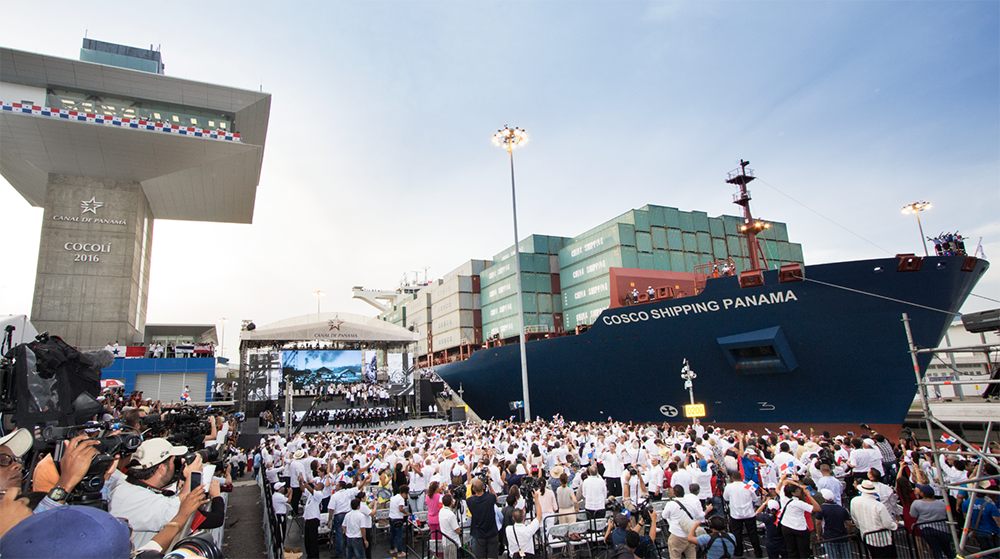Marilú Salvador has vast experience in the world of education. Covid-19 allowed her to follow through on one of her biggest life dreams: an academic center with flexible and alternative methods that maximizes her students’ skills.
An innovative proposal that combines virtual and in person classes. The Creating Center is using all of Buenaventura’s amenities to provide quality education that has been internationally certified.
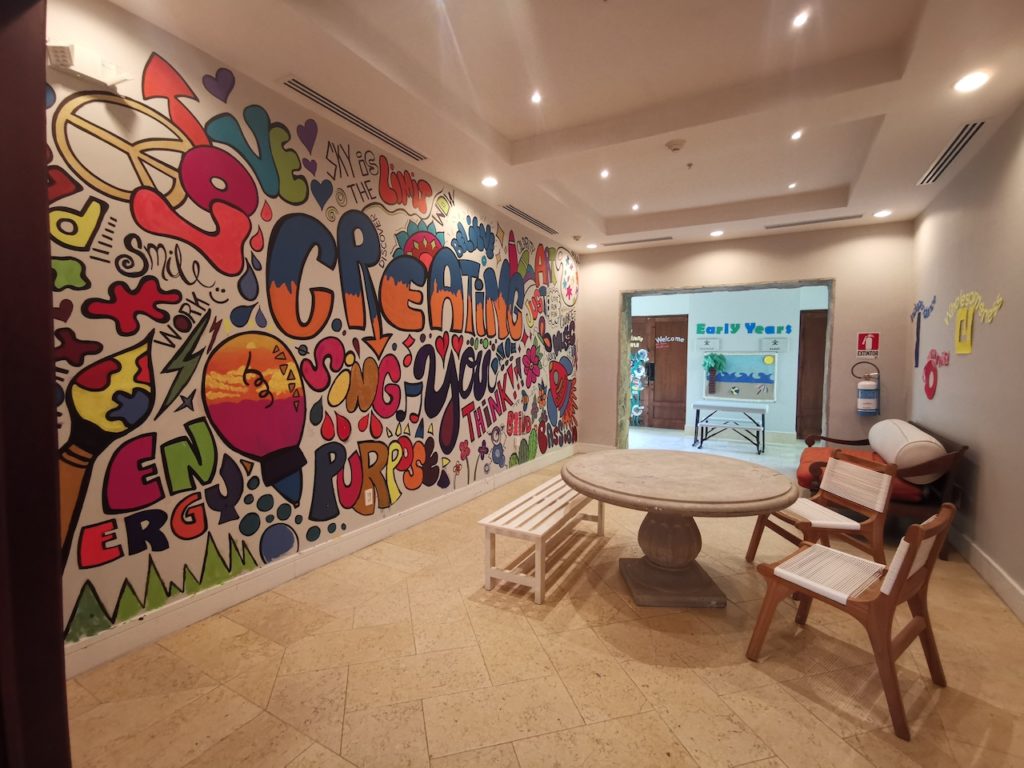
“I have been working in this field for over 30 years”. This is how our conversation began regarding how she accomplished one of her biggest dreams: a school based on a teaching method completely different to the traditional one.
Starting in the academy, in the ministry and even in private endeavors, Marilú has always created initiatives to improve the quality of education while maintaining equity. “As a faithful defender of all children’s rights for quality education” – her descriptive phrase on Twitter – she took advantage of the ‘pandemic’ to put the wheels in motion for The Creative Center, an academic center that presents a new way to see education through an alternative flexible method.
“With all the skills and knowledge that I have gained in my professional career, I always had the desire to create a teaching center. I am someone who believes in an education slightly different than the one we have today,” she commented.
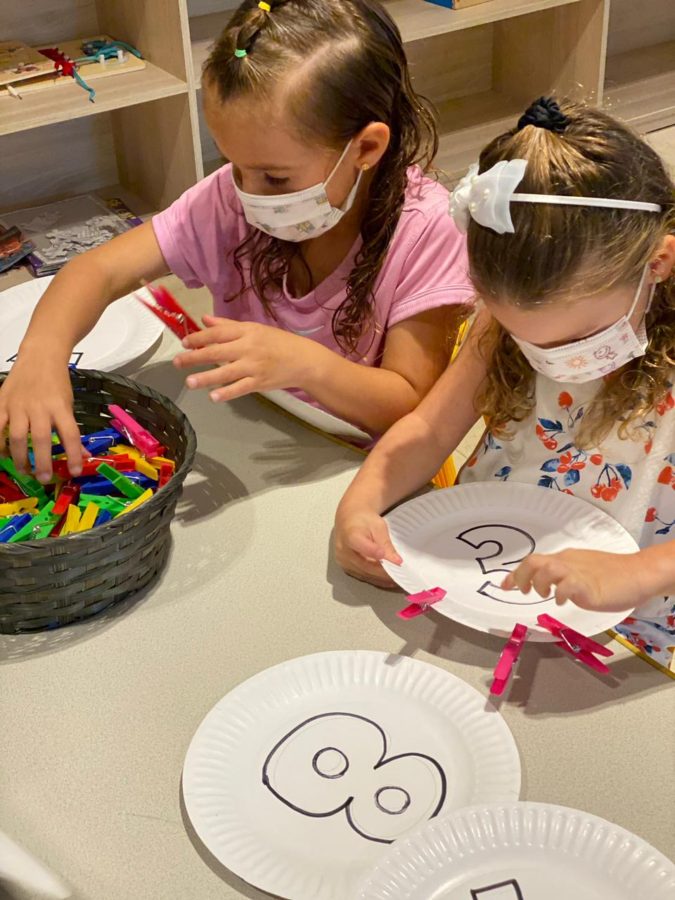
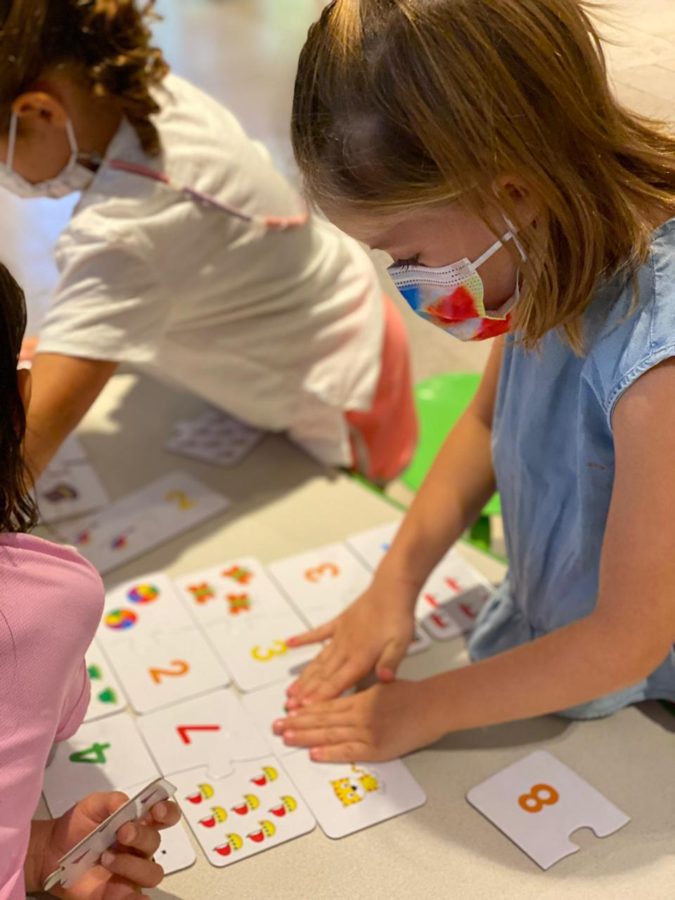

“I have always thought that many things that are done within the education system do not make much sense. The idea was there, but the timing was never right and then the pandemic happened,” she continued.
If Covid-19 brough light on one thing, it was that the Panamanian educational system was not prepared to transition to virtual learning so abruptly. And with the migration of families to the ‘interior’ – areas where most families have their second home, for example Buenaventura – the crisis increased.
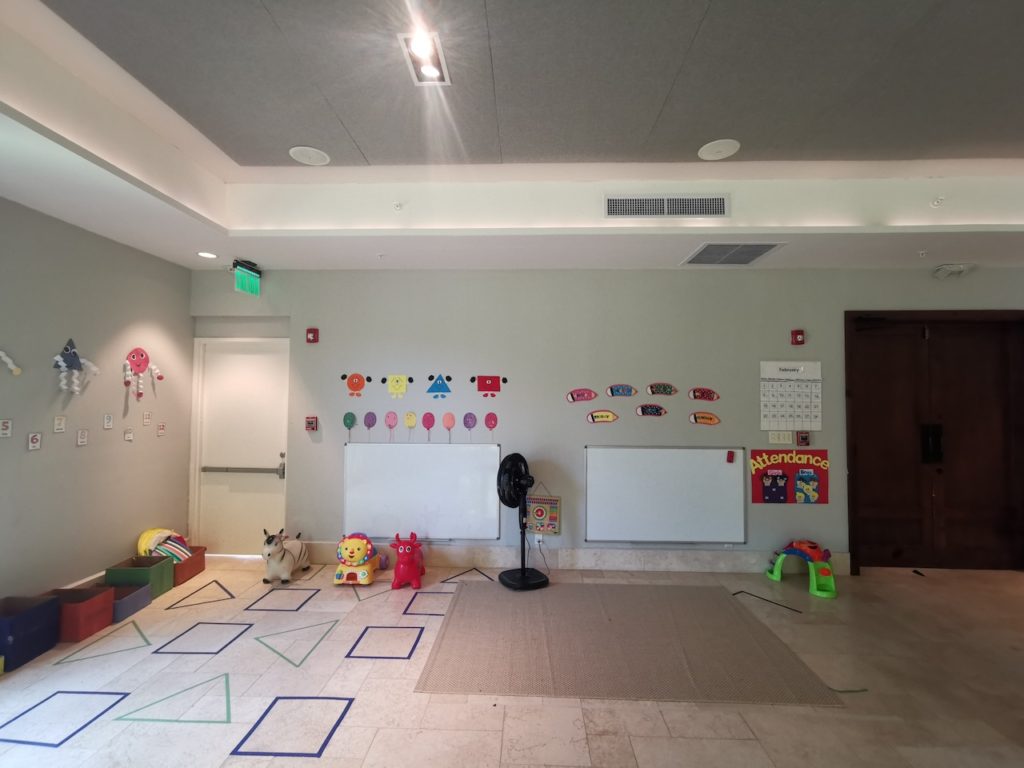
“I experienced it with my children. I have three and I was starting to realize how little they and their peers were actually learning. My concern over education goes beyond my children. It has to do with the world, where it is going and what is happening,” she stated.
With that in mind, Marilú began to shape the ideas and concepts that she had learned and developed throughout her career, trying to create a different educational model that was capable of taking the best of the traditional model and perfect it through a philosophy that encourages learning through creativity. This is how The Creating Center was born.
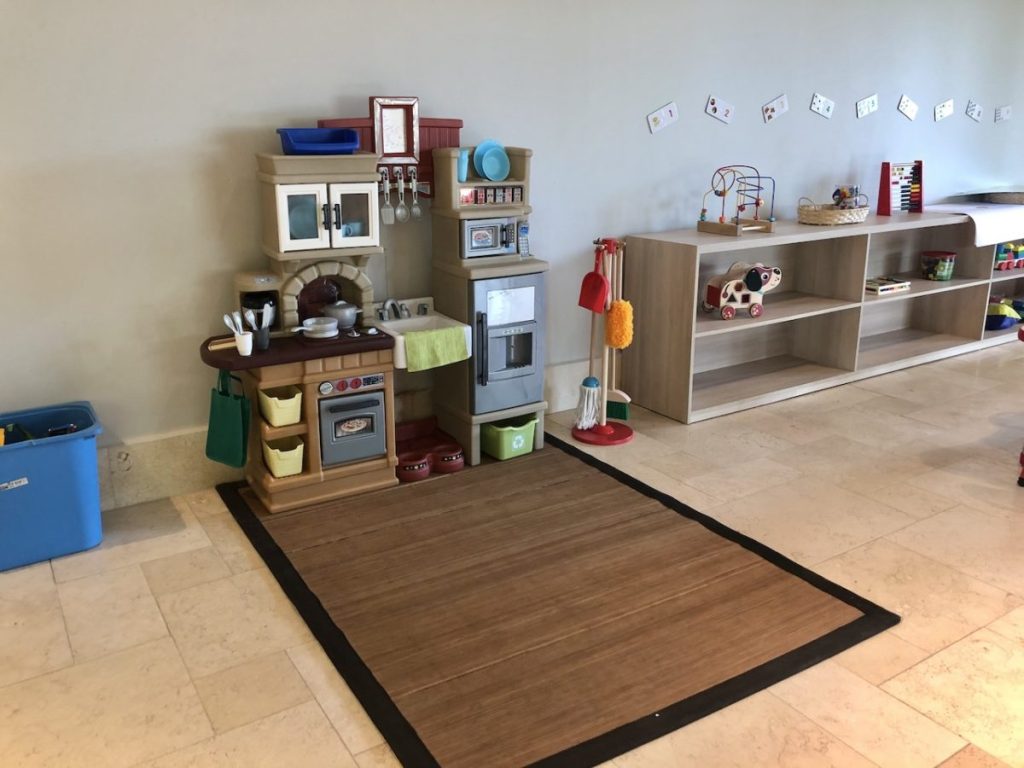
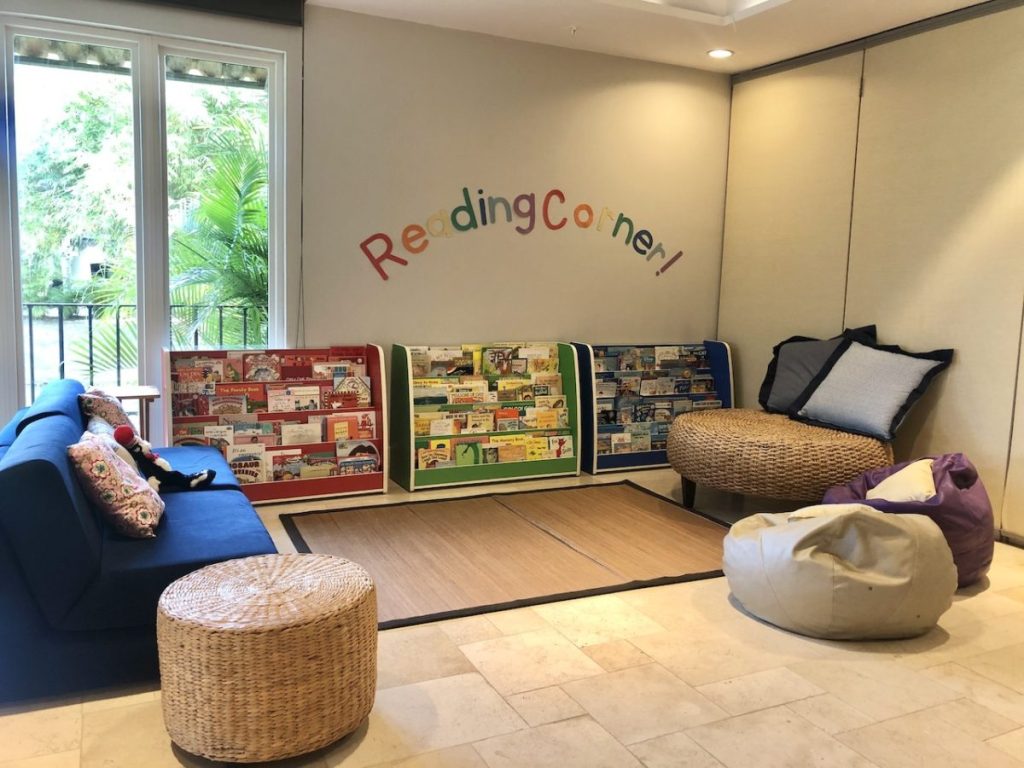
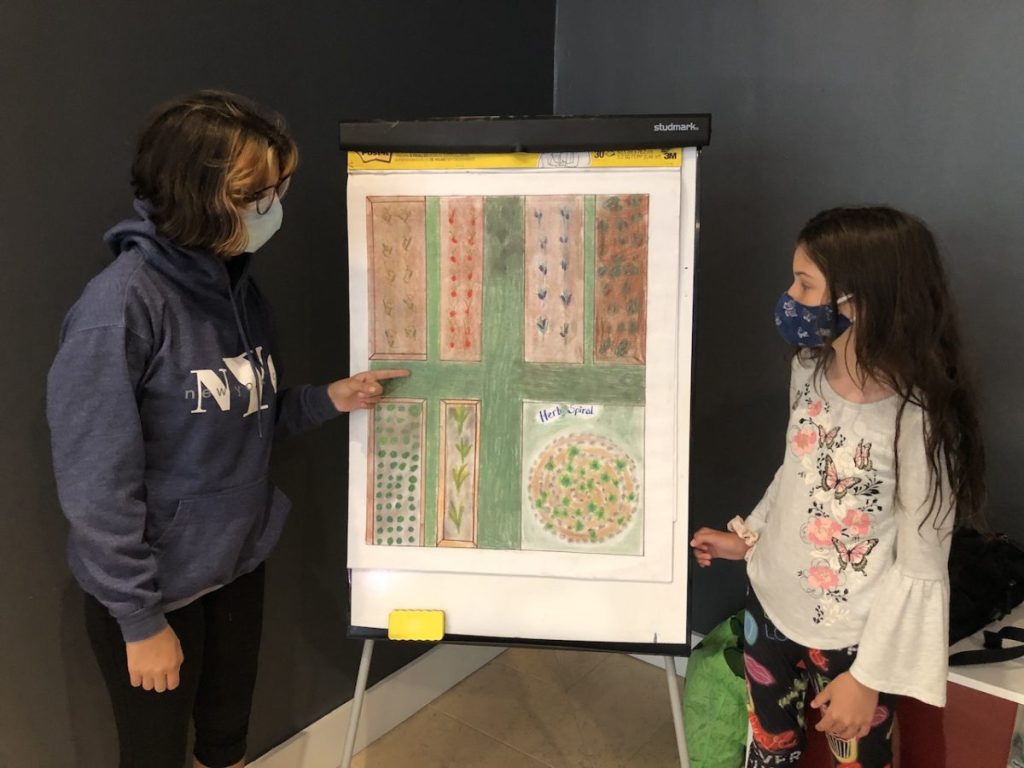
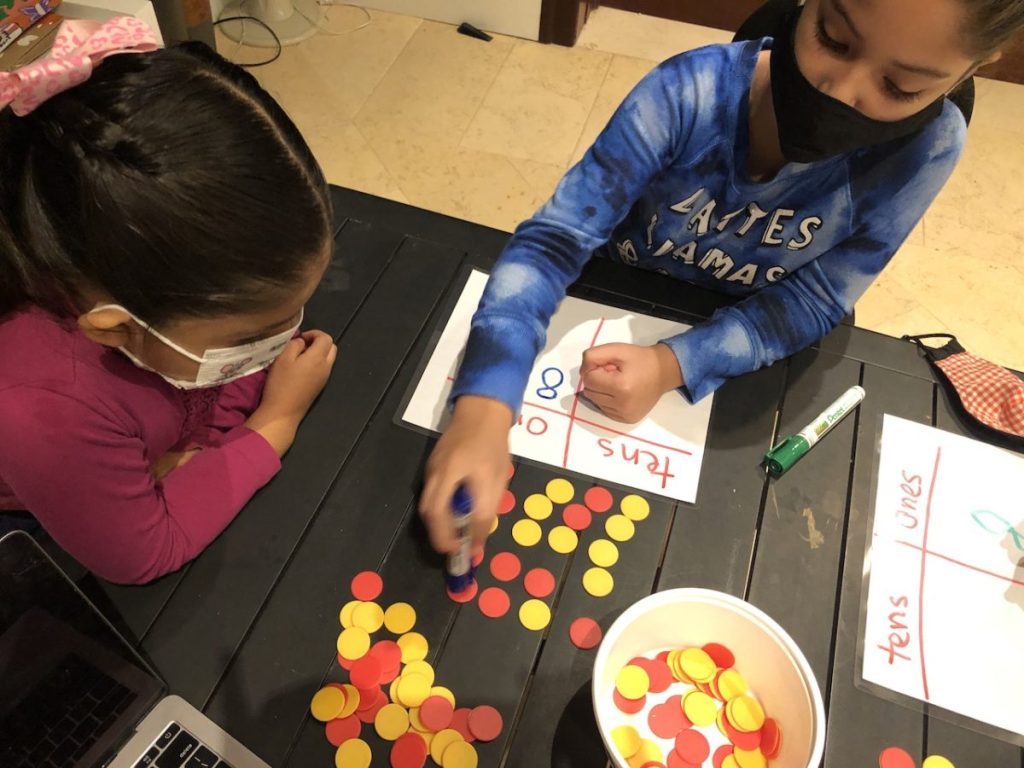
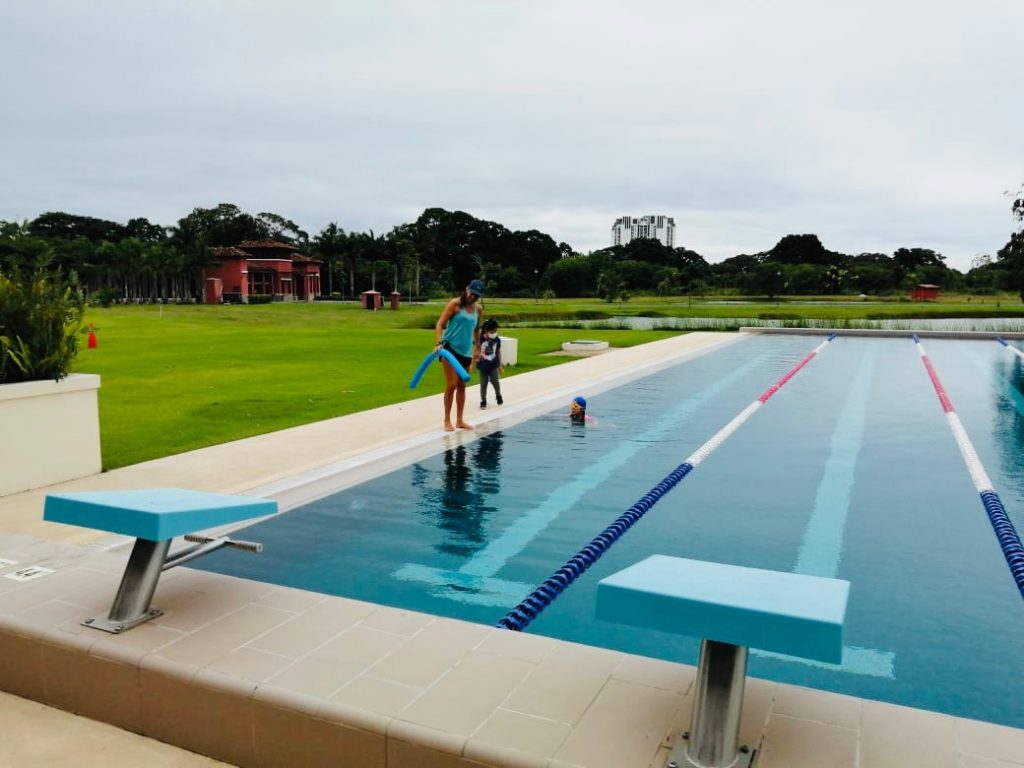
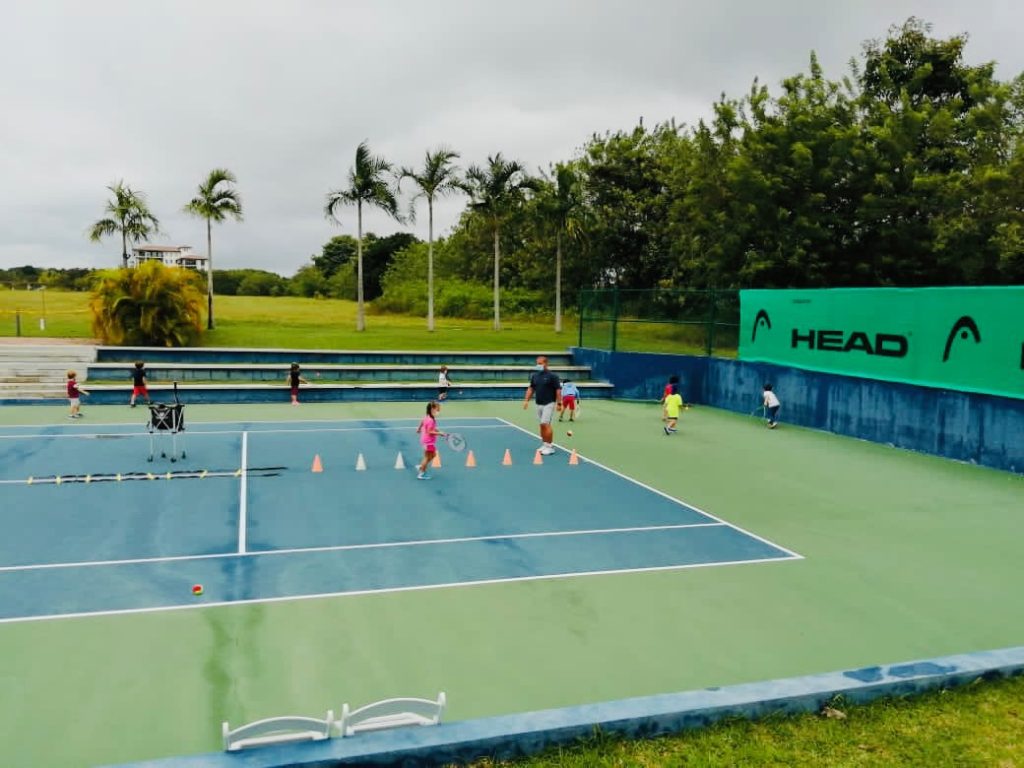
After discussing with friends who would contribute their points of view and strengthen the concept, one conversation would end up providing the space for her to put her ideas into action.
“I was having a conversation with Ana María Vallarino -who also has great knowledge in these topics- and she told me “Wow! This is exactly what we have been looking for in Buenaventura”.
Not a lot of time passed between that conversation and the start of operations of The Creating Center in a unique environment, with access to all the existing facilities in Buenaventura. The center adapted rooms for learning and knowledge centers, surrounded by nature and world class amenities.
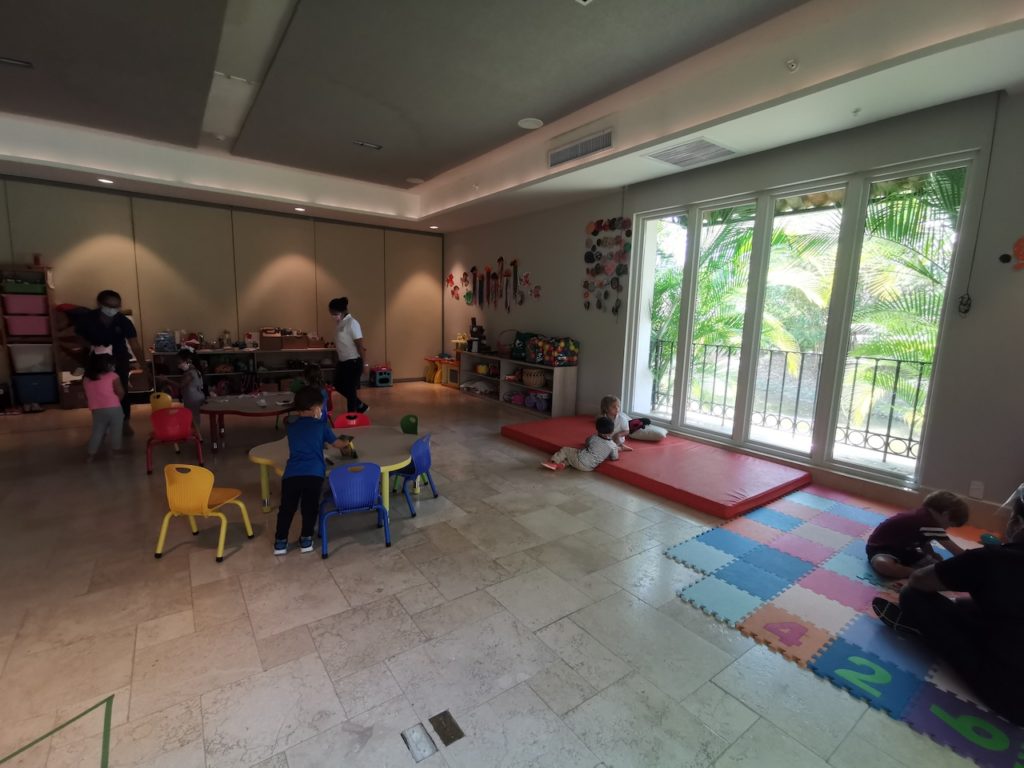
PL: What is the concept behind The Creating Center?
MS: We are a creativity and innovation center, with flexible methods that are supported by a philosophy that promotes a different point of view about the child and education.
PL: What are the pillars this philosophy is based on?
MS: There are five: individuality, independence, integrity, sustainability and community.
Individuality is important. All children are unique, they learn and have different educational needs that manifest at different ages. There is not just one formula.
Some children discover a passion for arts, music, math or sports at an early age. Others take longer. Here we focus on encouraging the child’s talents and we design learning paths around these skills.
Then we have independence which we think is one of the main skills currently. The traditional system does not encourage it, conversely it generates a model dependent on a teacher and some tools.
The best way to learn is through the development of curiosity. We encourage this innate ability that will propel children to explore, discover, invent and reinvent.

PL: What are the other three pillars?
MS: Integrity, love of nature and community. Regarding the first one, we care about teaching in an integral form: mind, body and spirit. For them to understand from the time they are little their emotions and how to manage them. For them to feel happy with what they are learning in all aspects of their life.
Then we have love of nature. To understand the topic of sustainability at a global level. How each thing that we do has an impact on the environment and how we cannot interfere with the balance that must exist in the world and on the planet. Understanding it and encouraging it leads to passionate adolescents that take care of nature.
Lastly, the topic of community. We encourage awareness in our children regarding the environment they live in. Providing a space for them to understand and live the concepts of giving and serving, where the community I live in is positively impacted to later increase their reach.
PL: How does the system work?
MS: For the younger ones it is in person because this is needed. We have high biosecurity measures. One person literally walks around cleaning after them. Children need this physical interaction with other children to learn. We are social beings and we cannot miss out on this interaction.
PL: What criteria do you use to evaluate performance?
MS: Our children and teens receive their grades through our partner school in the United States. The facilitators support students in completing their activities and the requirements for the program in an individualized environment. Through this we ensure that they are reaching international academic standards. The students at the The Creating Center graduate with an American diploma that allows them to be highly prepared for university.

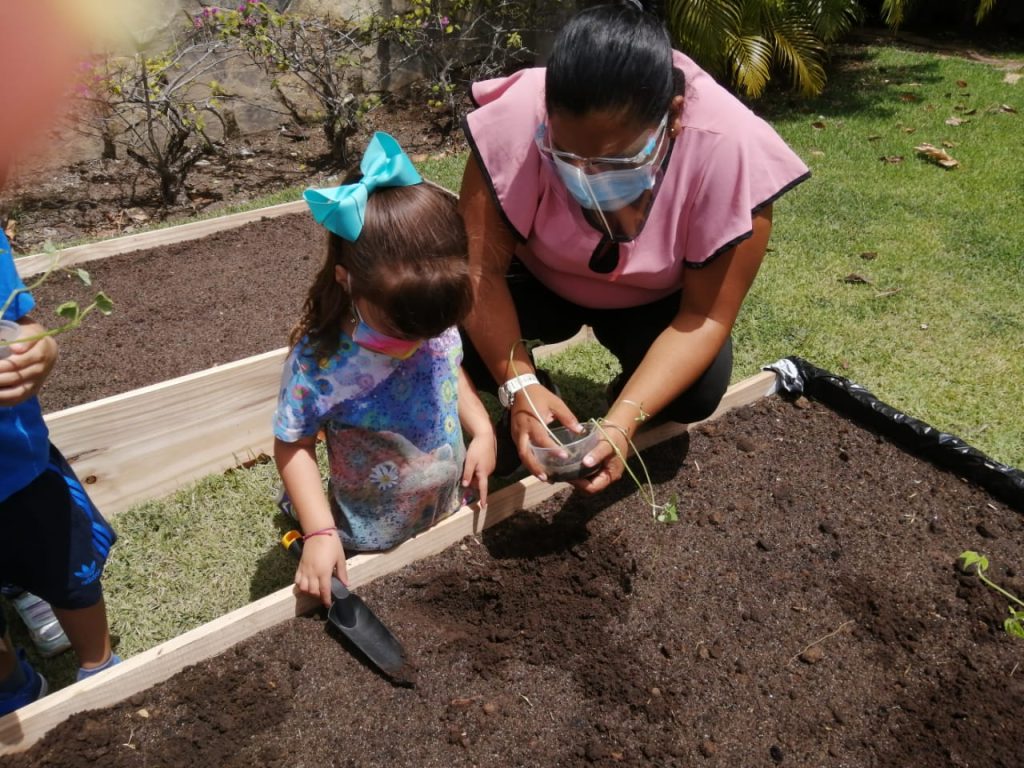

PL: How do you apply the philosophy behind The Creating Center?
MS: What we do is to complement that with the goal, for the child to see academic subjects from another perspective. Additionally, the program includes projects where they have to apply what they are learning. This leads to real life learning and uses all that Buenaventura has to offer.
For example, in Buenaventura we have a Conservation Center where our students are learning about animals that have been rescued, many of them in danger of extinction.
They learn their history, why they were rescued, where they live and what they are doing here. They research ways to solve the issues that are hurting the environment and are putting the animals’ lives at risk. Children are learning about real life issues. How many children can say they do it this way?
Another thing that we have access to is Buenaventura’s sport center where children learn how to play basketball, tennis and swim in an olympic pool that is amazing.
Therefore, this place has a lot to offer. We go to the beach, to the park and a sensory area designed in Buenaventura. We take advantage of all that is around us, the river, the beach and the mountain.
A lot of learning happens outside the building, not inside a classroom. Small children are running, picking up plants and leaves to count and observe the ant’s paths. These are the types of things that we do to elevate the learning and even better because we are using all that Buenaventura offers.

PL: Does this program prepare them for university in the future?
MS: Yes. This academic program is used around the world and is over 30 years old. There are many students that have graduated and have even been accepted in a variety of Ivy League schools.
Furthemore, within the program we have AP courses, which are Advanced Placement courses where students receive college credits to enter university with certain classes already completed.
PL: Can international students apply to The Creating Center?
MS: The Creating Center is basically an international school and today we have families from all over the world that live in Buenaventura and have enrolled their children here.
PL: What are the main challenges for education today?
MS: Today there are many. Perhaps the main one and the one that is most evident is the resistance to change. There does not exist one unique teaching method and our proposal is a new way to see education through an alternative flexible method.
Marilú wishes to expand this concept to more places similar to Buenaventura. Teaching spaces where communities can enhance education and learning for their children and prepare them for the challenges that they will face in the future.
For more information you can visit https://creatingcenter.org and learn about their academic offer.

